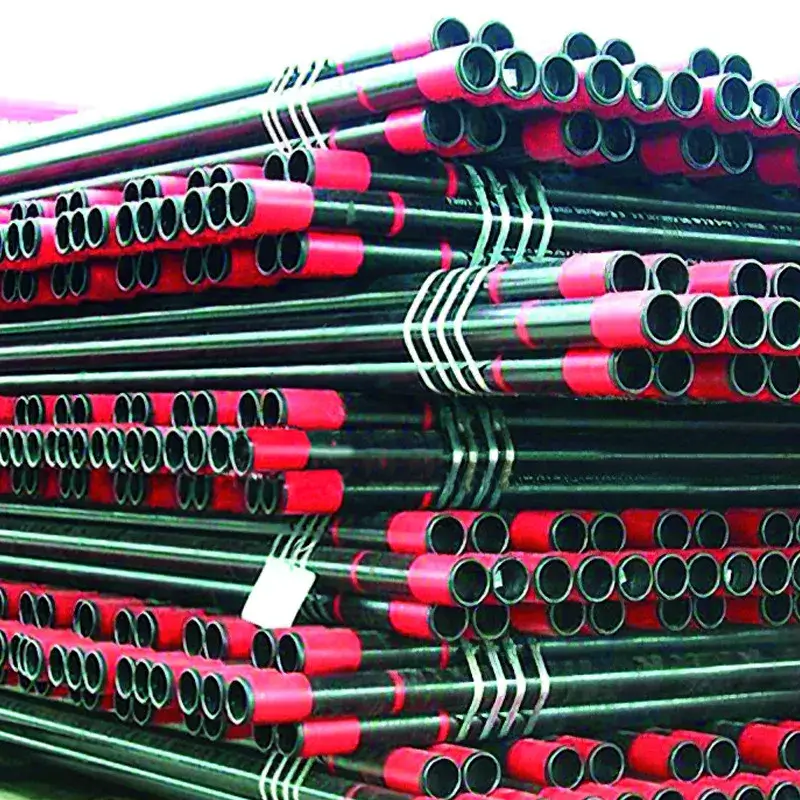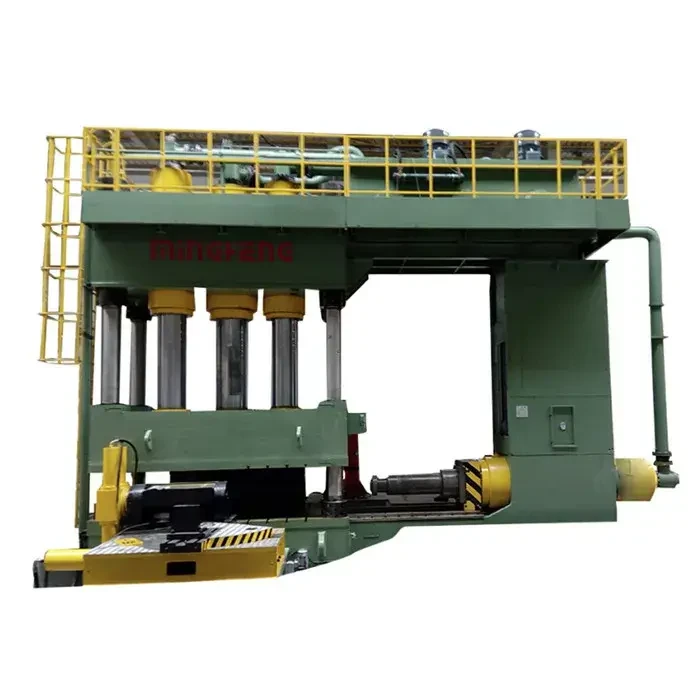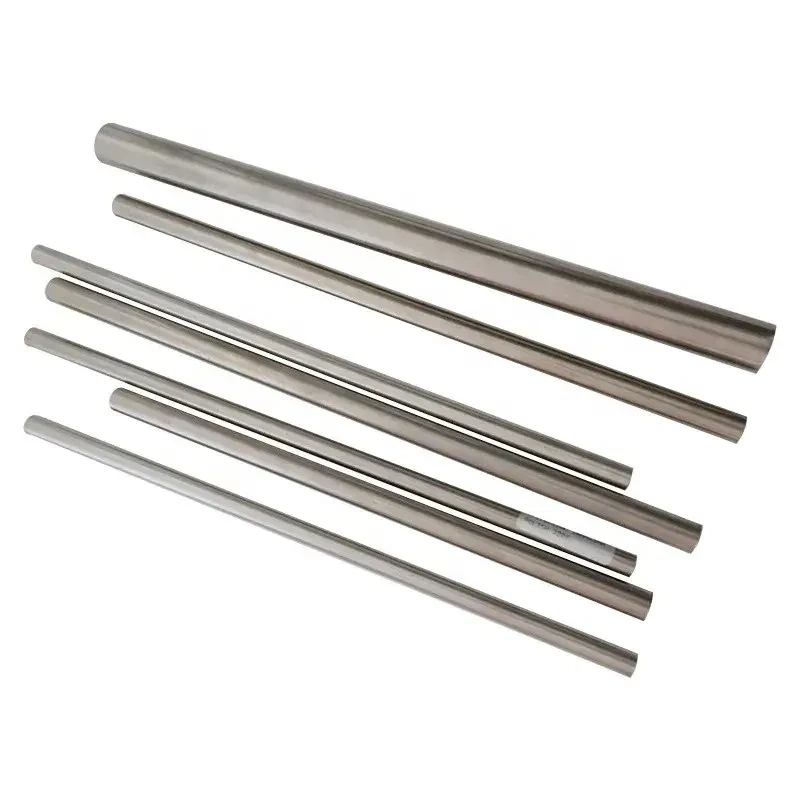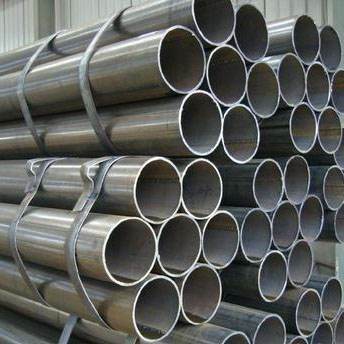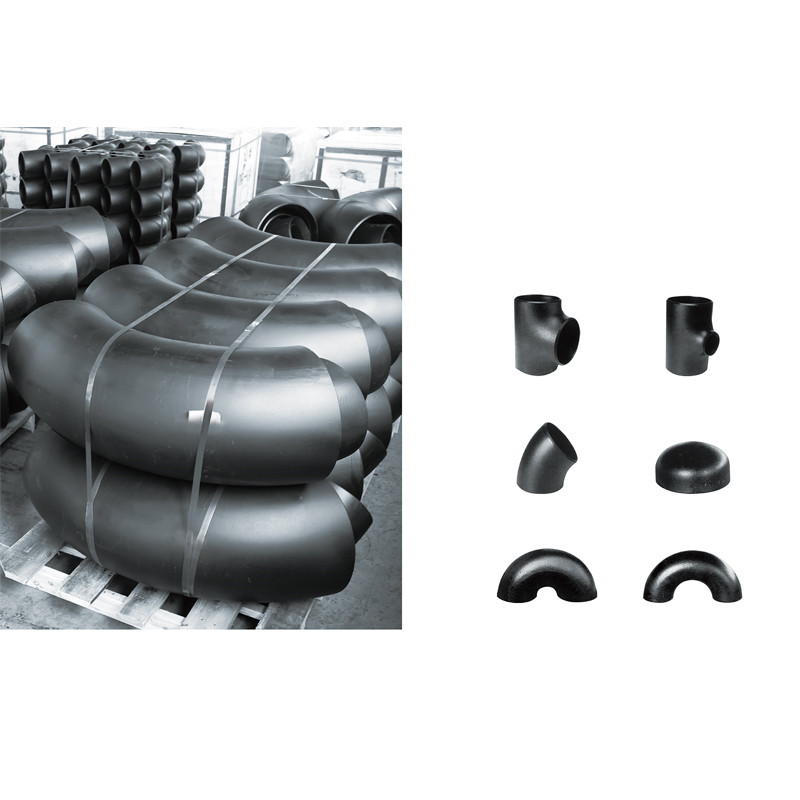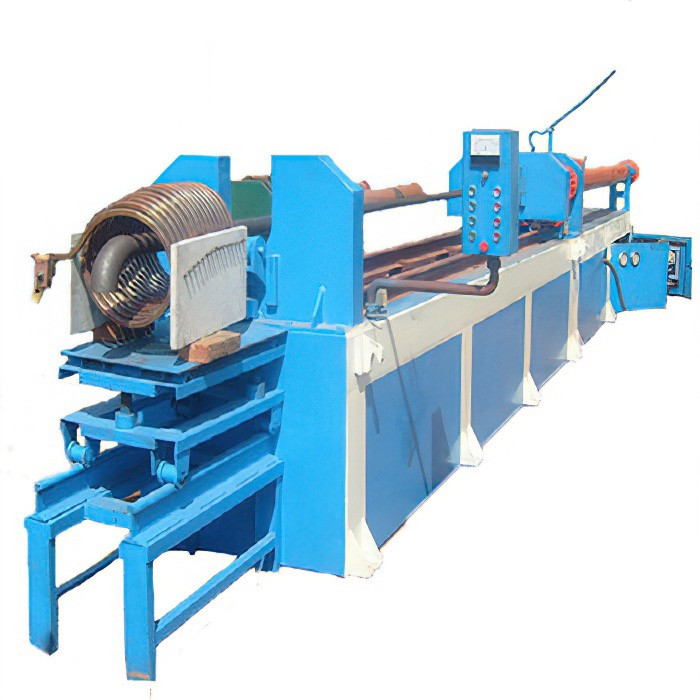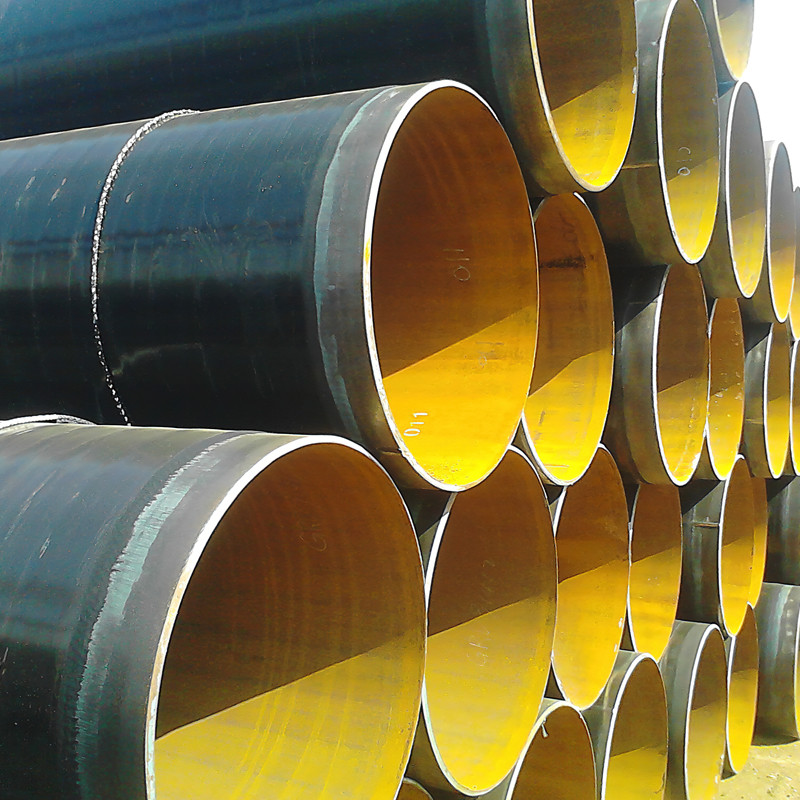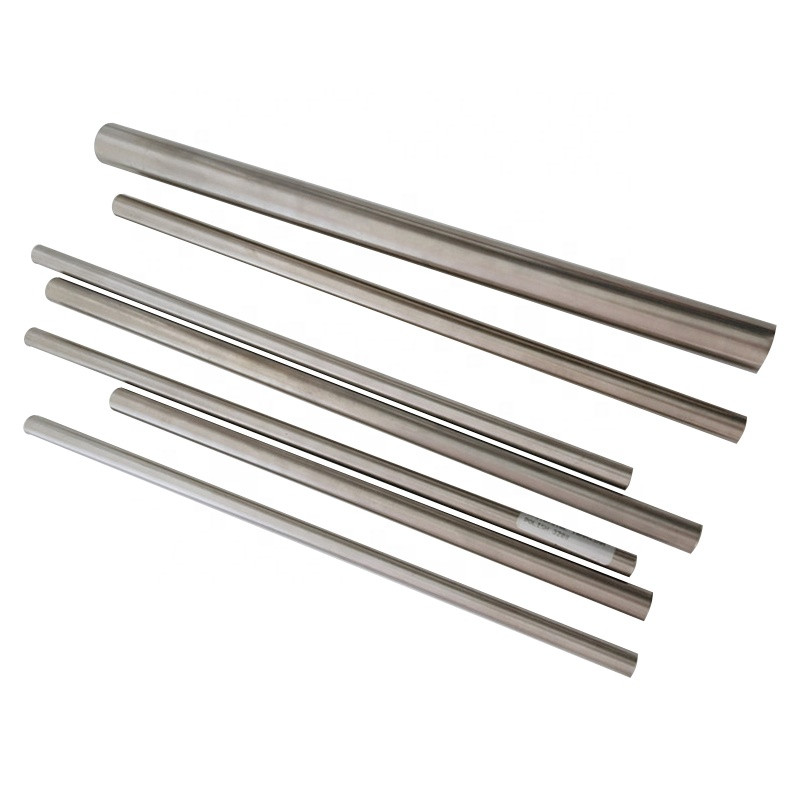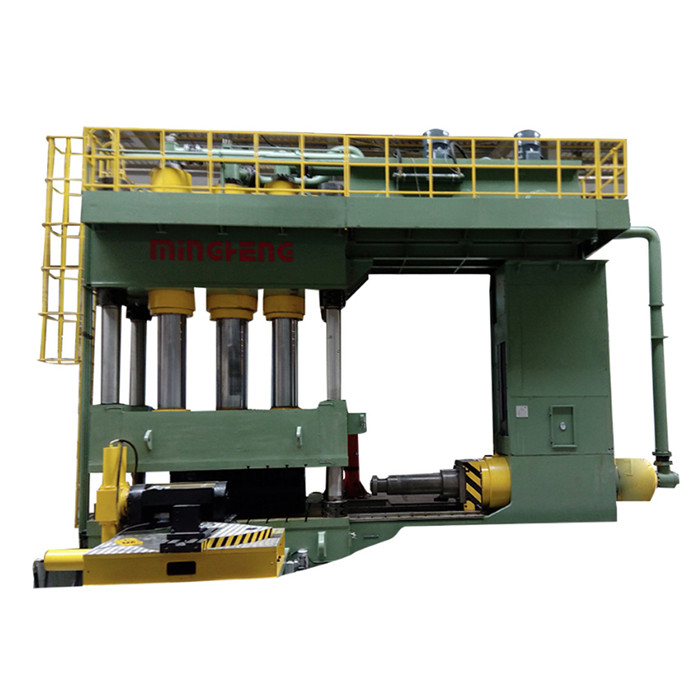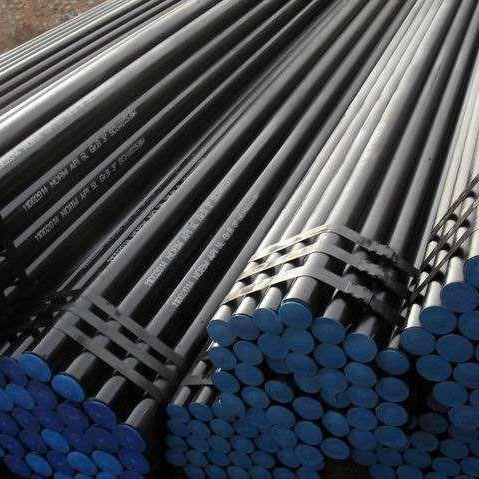Understanding the Critical Role of a bl flange distributor
In the complex world of industrial piping and fluid transfer systems, the reliability and integrity of connections are paramount. Flanges, particularly blind flanges, play a pivotal role in ensuring system isolation and maintenance safety. As a leading bl flange distributor, we provide comprehensive solutions that meet the stringent demands of diverse industries. This article delves into the technical aspects, market dynamics, and operational advantages associated with high-quality blind flanges, emphasizing their critical function in industrial applications.
Blind flanges are essential components used to seal off a pipeline, valve, or pressure vessel opening, providing a complete block to fluid flow. Their design, characterized by the absence of a bore, makes them indispensable for testing pipeline pressure, isolating sections for maintenance, or terminating future pipeline extensions. The performance of these components is directly tied to the material quality, manufacturing precision, and adherence to international standards.
Industry Trends and Market Dynamics for Blind Flanges
The global flange market, including blind flanges, is experiencing steady growth driven by expanding infrastructure projects, increasing energy demands, and robust growth in the chemical and petrochemical sectors. According to market analysis reports, the global industrial flanges market is projected to reach approximately USD 15-20 billion by 2027, with a CAGR of 4-6%. Key drivers include:
- Oil & Gas Sector Growth: New exploration and production activities, alongside pipeline expansion, continuously fuel demand for high-pressure, corrosion-resistant blind flanges.
- Infrastructure Development: Investments in water treatment, power generation, and urban utility networks require reliable isolation solutions.
- Technological Advancements: Innovations in material science, such as higher strength alloys and composites, are extending the service life and performance envelopes of blind flanges, especially for severe service conditions.
- Regulatory Compliance: Strict environmental and safety regulations mandate the use of certified and robust flange solutions, pushing manufacturers and distributors towards higher quality standards.
A proficient bl flange distributor must stay abreast of these trends, offering products that not only meet current specifications but also anticipate future industrial requirements, ensuring clients receive forward-compatible and compliant solutions.
Technical Specifications and Types of Blind Flanges
Blind flanges are manufactured to various international standards, dictating their dimensions, pressure ratings, and material compositions. Understanding these specifications is crucial for proper selection and system integrity. The most common blind flange types include those compliant with ASME B16.5, ASME B16.47, DIN, EN, and JIS standards.
Common Flange Blind Types:
- ASME B16.5 Blind Flanges: For pipe sizes NPS 1/2 to NPS 24. These are the most commonly used blind flanges in the petrochemical and process industries, specified by pressure classes such as 150, 300, 600, 900, 1500, and 2500.
- ASME B16.47 Blind Flanges: For larger diameter pipes, typically NPS 26 through NPS 60. This standard is divided into Series A (MSS SP-44) and Series B (API 605) for different pressure-temperature ratings.
- DIN Flange Types (e.g., DIN 2527): Adhering to German industrial standards, DIN flanges are prevalent in European markets and specific international projects. DIN flange types offer different pressure ratings (PN6, PN10, PN16, PN25, PN40, etc.) and dimensions.
- EN 1092-1 Blind Flanges: European standard, similar to DIN, specifying circular flanges for pipes, valves, fittings, and accessories.
Materials typically range from carbon steel (A105, A350 LF2), stainless steel (304/304L, 316/316L), to alloy steels (F5, F9, F11, F22). The choice of material depends on the operating temperature, pressure, and corrosiveness of the conveyed medium.
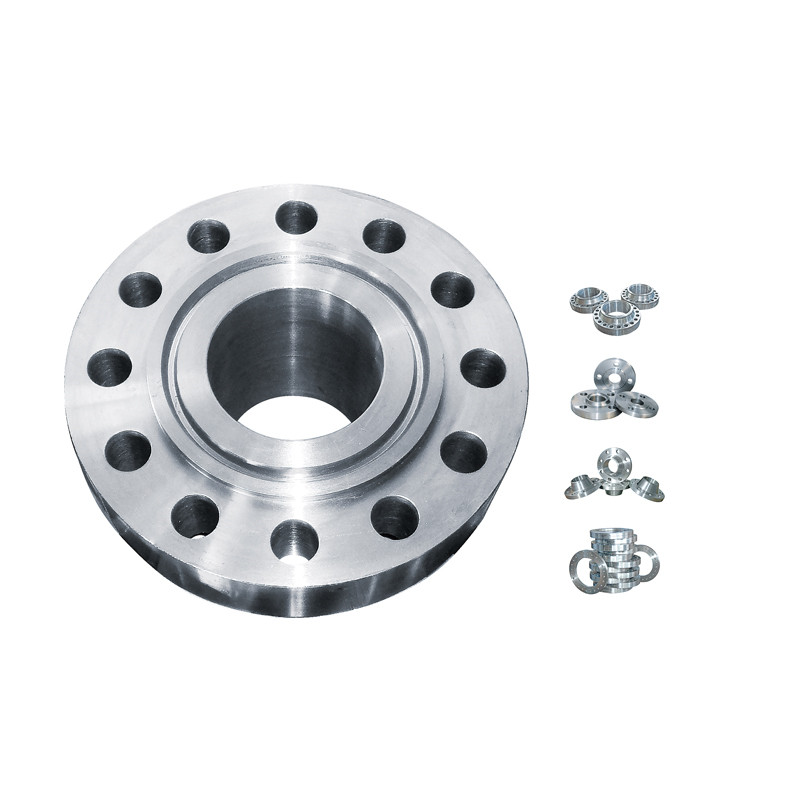
Manufacturing Process for Blind Flanges
The manufacturing process for blind flanges, crucial for a reliable bl flange distributor, involves several precise steps to ensure product quality, durability, and compliance with specifications. These processes often include forging, casting, and advanced CNC machining.
Schematic Process Flow:
- Material Selection: Begins with selecting high-grade raw materials (e.g., carbon steel ASTM A105, stainless steel ASTM A182 F304/F316) based on application requirements for pressure, temperature, and corrosion resistance. Chemical composition is rigorously tested.
- Cutting: Raw material (ingots or bars) is cut into appropriate sizes for forging or casting.
- Forging (most common for high-pressure applications):
- Heating: Material is heated to a specific forging temperature (e.g., 900-1200°C).
- Pressing/Hammering: Hot metal is shaped using hydraulic presses or hammers into the rough blind flange form. This process refines grain structure, enhancing strength and toughness.
- Heat Treatment: Forged flanges undergo controlled heat treatment (e.g., normalizing, annealing, quenching and tempering) to relieve internal stresses, improve mechanical properties, and achieve desired hardness.
- Casting (for certain sizes and pressure classes): Molten metal is poured into a mold shaped like a blind flange. While potentially more cost-effective for complex shapes or larger sizes, forged flanges generally offer superior mechanical properties.
- CNC Machining: The rough flange is machined to precise dimensions, including facing, drilling bolt holes, and finishing the sealing surfaces (e.g., Raised Face (RF), Flat Face (FF), Ring Type Joint (RTJ)). This step ensures perfect fit and leak-free performance.
- Surface Treatment: May include anti-rust oil application, galvanization, or painting to enhance corrosion resistance and prolong service life.
- Quality Control & Testing: Each blind flange undergoes rigorous inspection and testing:
- Dimensional Inspection: Verification against standards (e.g., ASME B16.5, DIN 2527).
- Material Testing: Chemical analysis, mechanical properties (tensile strength, yield strength, impact toughness).
- Non-Destructive Testing (NDT): Ultrasonic Testing (UT), Magnetic Particle Testing (MT), Liquid Penetrant Testing (PT), Radiographic Testing (RT) for internal defects.
- Hydrostatic Test: Pressure testing to ensure leak tightness, although blind flanges are typically installed for isolation rather than continuous flow.
- Marking & Packaging: Flanges are marked with material grade, size, pressure class, and manufacturer's logo. They are then carefully packaged to prevent damage during transit.
This meticulous process ensures that blind flanges from a reputable bl flange distributor meet or exceed international testing standards such as ISO 9001 for quality management, API 6A for oil and gas applications, and various ASTM specifications for materials.
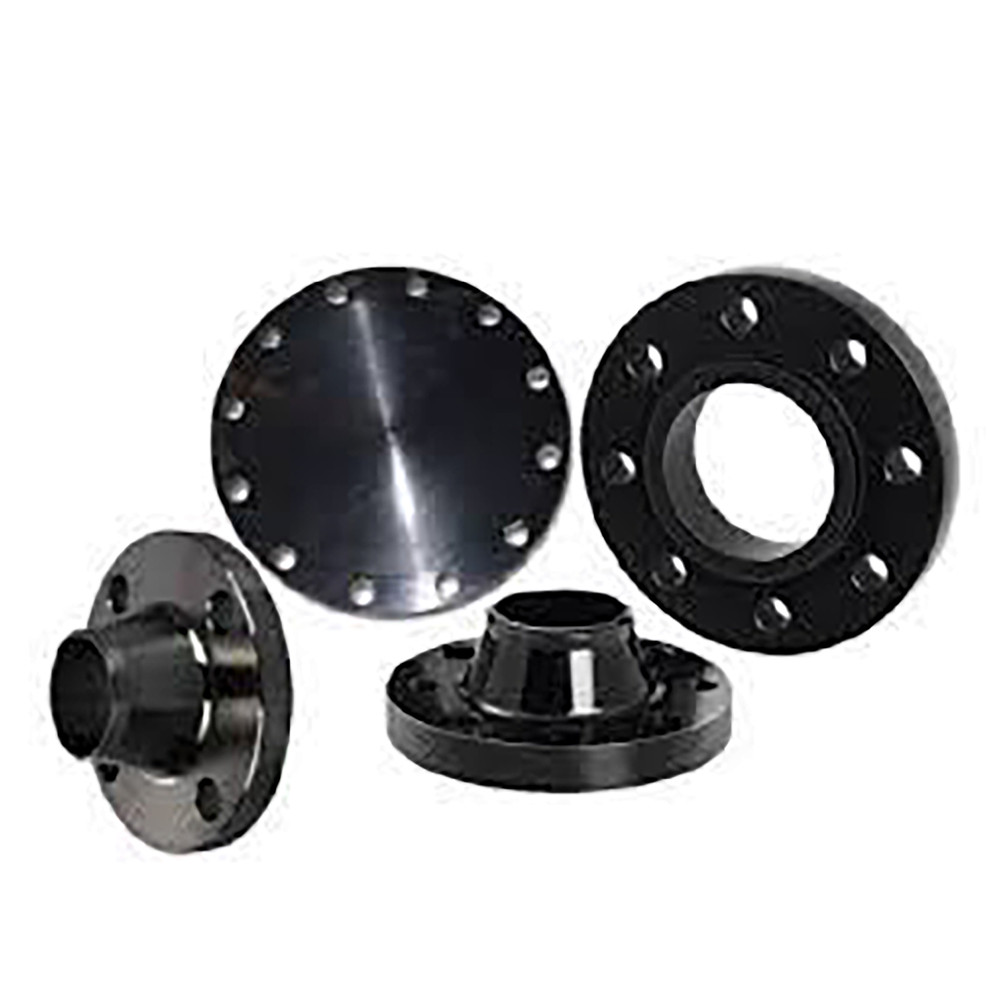
Technical Advantages and Performance Characteristics
High-quality blind flanges offer numerous technical advantages critical for industrial operations:
- Absolute Isolation: Unlike valves that may leak over time, a blind flange provides a positive shut-off, crucial for preventing fluid flow during maintenance, inspections, or emergencies. This contributes significantly to energy saving by eliminating minor leaks and associated energy losses.
- Enhanced Safety: By physically blocking a pipe, they prevent accidental startup or exposure to hazardous materials, protecting personnel and equipment.
- Corrosion Resistance: Available in a wide range of materials, including various grades of stainless steel and duplex alloys, blind flanges can withstand highly corrosive media, extending service life in harsh environments.
- High Pressure and Temperature Capability: Engineered and tested to withstand extreme operating conditions, ensuring structural integrity and sealing effectiveness under severe stress. For instance, ASME Class 2500 blind flanges can handle pressures up to 6170 psi (425 bar) at ambient temperatures.
- Long Service Life: With proper material selection and manufacturing, blind flanges can have a service life exceeding 20-30 years in many applications, minimizing replacement costs and downtime.
- Ease of Installation & Removal: Standardized dimensions and bolt patterns facilitate straightforward installation and removal, reducing labor time during shutdowns.
These advantages are critical for operators prioritizing safety, efficiency, and long-term reliability. A discerning bl flange distributor ensures that these performance characteristics are consistently met or exceeded.
Blind Flange Comparison: Forged vs. Cast
| Feature | Forged Blind Flanges | Cast Blind Flanges |
|---|---|---|
| Manufacturing Process | Hot forging from solid billets, followed by machining. | Molten metal poured into molds, followed by finishing. |
| Internal Structure | Dense, uniform grain structure, free from porosity. | May have minor porosity or inclusions; less uniform. |
| Mechanical Properties | Superior tensile strength, yield strength, impact toughness. | Good, but generally lower than forged; can be brittle. |
| Pressure & Temperature Rating | Suitable for high-pressure, high-temperature applications. | Typically for lower pressure, less critical applications. |
| Cost | Generally higher due to complex process. | Lower cost, especially for complex or large shapes. |
| Typical Use | Critical applications (oil & gas, power generation, high-stress piping). | Less critical applications (water, drainage systems). |
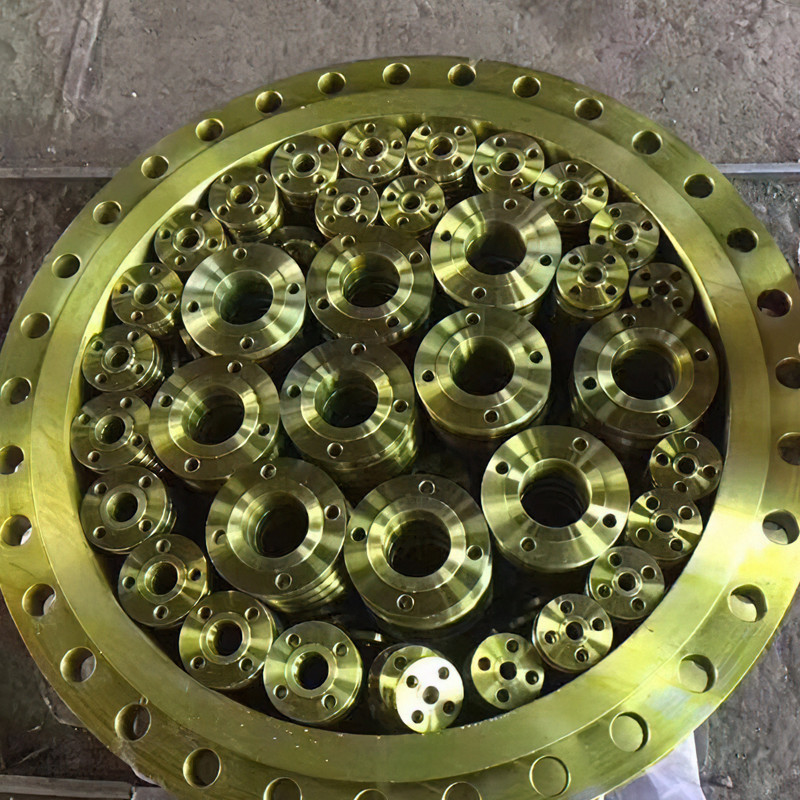
Application Scenarios and Target Industries
Blind flanges are ubiquitous across heavy industries due to their versatility and critical function. As a reliable bl flange distributor, we serve a broad spectrum of sectors:
- Petrochemical and Chemical Industries: Used extensively for isolating process lines, storage tanks, and reactor vessels during maintenance, cleaning, or when modifications are required. Their corrosion resistance is vital in handling aggressive chemicals.
- Oil & Gas Exploration and Production: Essential for capping off wellheads, isolating segments of pipelines, and maintaining drilling equipment. High-pressure blind flanges are critical in upstream and midstream operations.
- Power Generation (Thermal, Nuclear): Employed in steam lines, cooling water systems, and fuel lines for isolation and safety during outages or repairs. Their ability to withstand high temperatures and pressures is crucial.
- Water Supply & Drainage Systems: While often at lower pressures, blind flanges are used for isolating municipal water lines, wastewater treatment plants, and irrigation systems for maintenance or future expansion.
- Shipbuilding: Incorporated into marine piping systems for various fluid lines (fuel, ballast, cooling) where temporary or permanent blanking off is required.
- Metallurgy: Used in industrial furnaces, rolling mills, and processing plants for isolating utility lines and preventing material flow.
In each of these scenarios, the ability of a blind flange to provide an absolute seal, prevent leakage, and ensure operational safety directly translates to significant advantages such as reduced downtime, improved safety records, and adherence to environmental regulations.
Vendor Comparison and Differentiation
Choosing the right bl flange distributor is critical. While many suppliers exist, differentiation lies in several key aspects beyond just product availability:
- Quality Assurance & Certifications: A top-tier distributor will provide flanges with verifiable certifications (e.g., ISO 9001, CE, PED, AD2000, API). Mill Test Certificates (MTC EN 10204 3.1) are standard.
- Technical Expertise: Ability to offer informed advice on material selection, pressure ratings, and compliance with various international standards, including DIN flange types and ASME specifications.
- Inventory & Lead Time: Extensive stock of common blind flange types for immediate dispatch, coupled with efficient manufacturing capabilities for custom orders.
- Customization Capabilities: The flexibility to produce flanges with specific dimensions, materials, or surface finishes not readily available off-the-shelf.
- Logistics and Global Reach: Efficient shipping and distribution networks to deliver products reliably worldwide.
- After-Sales Support: Responsive customer service, technical assistance, and clear warranty policies.
Our commitment to these differentiating factors ensures that clients receive not just a product, but a complete, reliable, and expertly supported solution for their piping needs. We pride ourselves on being a trusted bl flange distributor with over 20 years of experience serving critical industries globally.
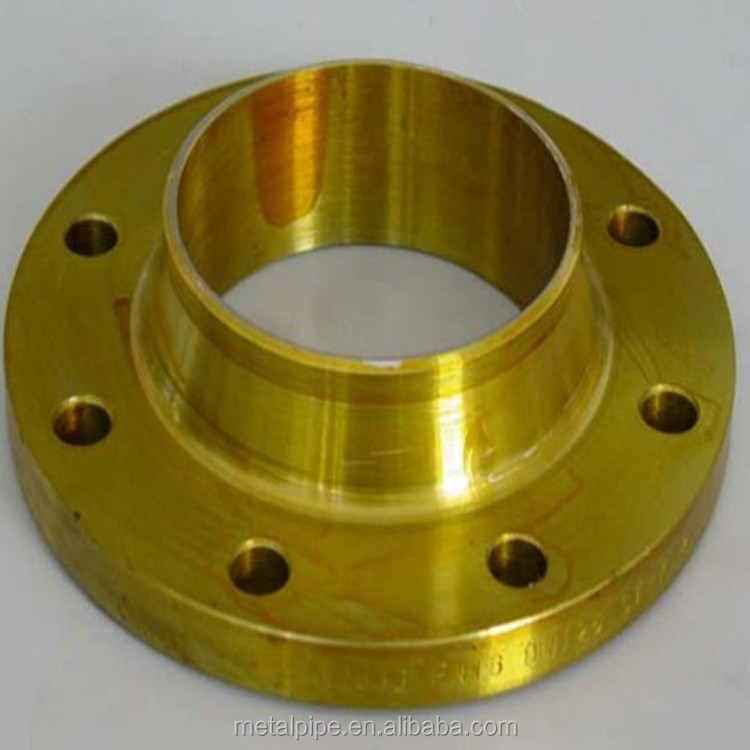
Customized Solutions
Many industrial applications demand more than off-the-shelf solutions. As a specialized bl flange distributor and din flange manufacturer, we excel in providing customized blind flanges to meet unique project requirements. This includes:
- Exotic Materials: Fabrication from special alloys like Monel, Inconel, Hastelloy, or Titanium for extreme corrosion, high-temperature, or cryogenic service.
- Non-Standard Dimensions: Production of flanges with unique diameters, thickness, bolt hole patterns, or custom face finishes that deviate from standard specifications.
- Special Coatings: Application of internal or external coatings (e.g., FBE, PTFE, ceramic) to enhance corrosion resistance, reduce friction, or improve specific performance characteristics.
- Integrated Components: Blind flanges with specific instrumentation taps, lifting lugs, or other integrated features designed for a particular system.
Our engineering team works closely with clients from conceptual design through manufacturing, leveraging advanced CAD/CAM tools and decades of experience to deliver precision-engineered custom solutions.
Application Case Studies
Real-world applications demonstrate our capability as a trusted bl flange distributor:
Case Study 1: Petrochemical Plant Expansion
Client: Major Middle Eastern Petrochemical Company
Challenge: During a critical expansion phase, the client required numerous ASME B16.5 Class 600 blind flanges in ASTM A105N material for process isolation points. Timely delivery and adherence to stringent project specifications were paramount to avoid costly delays.
Solution: We supplied over 500 blind flanges, ranging from NPS 6 to NPS 20, within an accelerated 4-week lead time. All flanges were forged, normalized, and subjected to 100% Magnetic Particle Inspection (MPI). Our robust supply chain and in-house inspection facilities ensured all products met the client's demanding quality and delivery schedule, resulting in seamless integration into their new pipeline infrastructure. Customer feedback highlighted our exceptional responsiveness and quality compliance.
Case Study 2: Offshore Platform Maintenance
Client: North Sea Offshore Operator
Challenge: For planned maintenance on an offshore oil platform, specialized blind flange types were needed for temporary blanking of seawater injection lines. The environment demanded high corrosion resistance (duplex stainless steel) and reliable sealing under fluctuating pressures.
Solution: We provided custom-fabricated ASME B16.5 Class 300 blind flanges in Duplex Stainless Steel UNS S31803. These flanges were machined to include specific RTJ grooving and individually hydrostatically tested to 1.5 times the design pressure. The robust material choice and precision manufacturing ensured complete isolation and facilitated safe and efficient maintenance operations, significantly enhancing the operational safety of the platform. The project manager noted, "The blind flanges performed flawlessly, even under challenging offshore conditions, proving the material and manufacturing quality."
Frequently Asked Questions (FAQ)
Q1: What is the primary purpose of a blind flange?
A1: A blind flange's primary purpose is to seal off a pipeline, valve, or pressure vessel opening, providing absolute isolation. It's used for terminating a pipeline, isolating a section for maintenance, or pressure testing.
Q2: How do I select the correct material for a blind flange?
A2: Material selection depends on the operating temperature, pressure, and the corrosiveness of the fluid being conveyed. Common materials include carbon steel (A105), stainless steel (304/304L, 316/316L), and various alloy steels or exotic materials for severe service. Consult our technical team for specific recommendations.
Q3: What are the main standards for blind flanges?
A3: The main standards include ASME B16.5 (for NPS 1/2 to 24), ASME B16.47 (for NPS 26 to 60), DIN flange types (e.g., DIN 2527), EN 1092-1, and JIS B2220. Each standard dictates dimensions, pressure ratings, and material requirements.
Q4: Can you provide custom blind flange solutions?
A4: Yes, we specialize in customized solutions, including non-standard dimensions, specific material grades (e.g., exotic alloys), specialized coatings, and integrated features. Our engineering team works with you to design and manufacture flanges to your exact specifications.
Lead Time, Warranty, and Customer Support
At our core, we understand that reliability extends beyond the product itself to the entire customer experience. As a professional bl flange distributor, we prioritize clear communication and robust support:
- Lead Time & Fulfillment: Standard blind flanges from our extensive inventory can often be dispatched within 1-3 business days. For custom or large-volume orders, typical lead times range from 2-6 weeks, depending on complexity and material availability. We provide transparent lead time estimates at the quotation stage and offer regular updates throughout the fulfillment process.
- Warranty Commitments: All our blind flanges are backed by a comprehensive 12-month warranty against manufacturing defects and material failures from the date of delivery. This commitment underscores our confidence in the quality and durability of our products, exceeding typical industry standards.
- Customer Support: Our dedicated customer support team and technical specialists are available to assist with product selection, technical queries, order tracking, and any after-sales support needs. We are committed to prompt responses and effective solutions to ensure complete customer satisfaction. You can reach us via phone, email, or through our website contact form for expert assistance.
Conclusion
The importance of selecting a reliable bl flange distributor cannot be overstated. From ensuring safety and operational efficiency to extending the service life of critical infrastructure, high-quality blind flanges are indispensable components in industrial piping systems. By focusing on stringent manufacturing processes, adherence to international standards, versatile material options, and comprehensive customer support, we deliver solutions that meet the evolving demands of petrochemical, oil & gas, power generation, and other heavy industries. Our expertise, experience, and commitment to trustworthiness make us the preferred partner for all your blind flange requirements, ensuring robust and lasting connections for your most demanding applications.
References
- Global Industrial Flanges Market Report 2022-2027, Mordor Intelligence.
- ASME B16.5-2017 Pipe Flanges and Flanged Fittings, American Society of Mechanical Engineers.
- ISO 9001:2015 Quality Management Systems – Requirements, International Organization for Standardization.
- DIN EN 1092-1:2018 Flanges and their joints - Circular flanges for pipes, valves, fittings and accessories, PN designated.
Post time: Sep . 19, 2025 20:50



